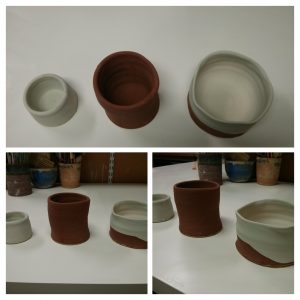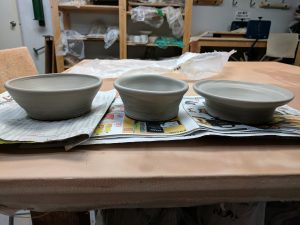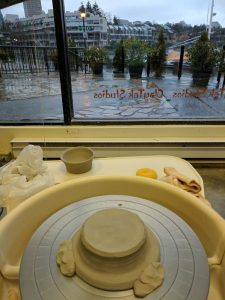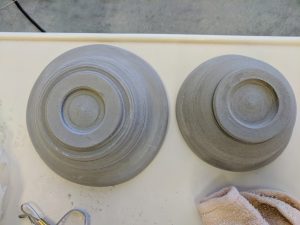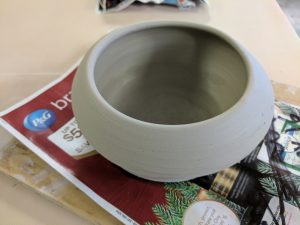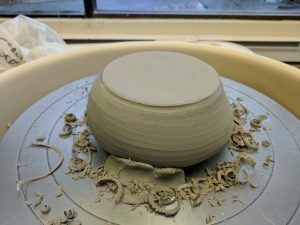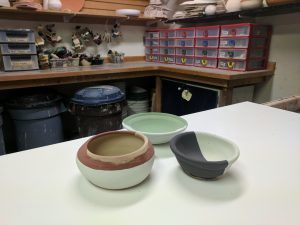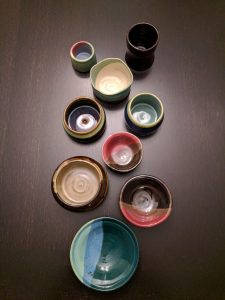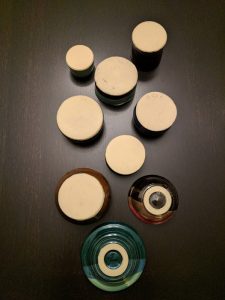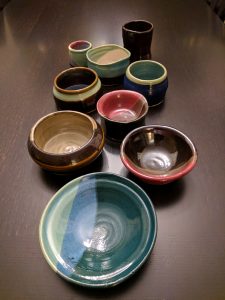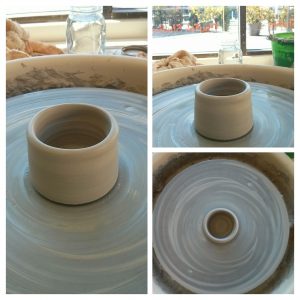Just over a month ago UBC, like many schools of all levels, moved all our classes online in response to COVID-19. I have not yet been able to write coherently about what that’s been like, though I suspect I will, at some point, review my extensive Twitter feed and many communications to students, to draw insights.
Today I simply want to capture what I’ve learned from being a “student” in Day 1 of 5 in a synchronous online course called Foundations of Online Teaching and Learning, led by colleagues at UBC-O’s Centre for Teaching and Learning Peter Newbury and Janine Hirtz. Thanks Peter and Janine!!
Insights from how I felt during the 1.5h live class
As soon as I was invited to turn off my video (for internet traffic concerns) at the start of class, my attention shot all over the place. I got distracted by other windows, my email, phone… wowza. I had to deliberately stop myself and shut everything down. I got out pen and paper and started making my list of what I was learning. Insight: OMG how are students doing this at all ever!!!!!! I have so much extra awe for those who continued to virtually attend and participate in my classes. Take-away: Invite students, perhaps more than once a lesson, to pause, explicitly shut down their other non-essential devices/apps, and rejoin us?
I needed to move around! At some point I just got up and walked around for a bit. My take-away: Add a “let’s move around” break.
I wanted my prior knowledge engaged! Day 1 was Foundations of Teaching and Learning. I totally understand why that was the starting point, and I knew that going in. And I also wanted to start engaging in applying this knowledge in the online environment right away. There was only so much I could do to hold myself back before I started adding links and ideas to the chat, and maybe that wasn’t helpful for the class or the instructors. I don’t know. Take-away: Give people a place from Day 1 to share why they’re here in this class, and try to parse whether it’s urgent problem-solving or bigger picture (& give resources or a task to those coming for urgent problem-solving?). Add a note to “rules of engagement” for where to put your extra questions that go beyond immediate content? In hindsight, an extra task that could have helped me today might have been a handout with a place for me to identify my own urgent questions, along with spaces for me to note which of today’s concepts are relevant to helping me figure this out. If it was laid out simply, I could re-draw it by hand so I could also be reminded to doodle rather than click (ie help me harness my attention).
Logistics and Points of Process I found helpful
Set-up: “here’s what going to happen when I click…” especially around break-out groups (they’re clunky!) including the abrupt ending.
Break-out groups: Perhaps better for investing large chunks of time (like 10 minutes) rather than quick think-pair-shares. Allow for 3-4 minutes just to figure out microphones/videos and get started, esp if people don’t know each other. Find out if there’s a setting so we can have the same groups more than once in a class session rather than meeting new people each time.
Screen-shots of where to click to find chat, poll, etc, are helpful.
Opening slide with an invitation to draw/play (e.g., add how you’re feeling, identify where you are on the map).
Have a co-moderator who is on chat monitoring questions. What if this isn’t possible? (E.g., limited TA time budget or none at all?) I was reminded of Student Management Teams who could be delegated as monitors, which might also serve to give an extra task to keeners (quick summary here, https://nobaproject.com/blog/2015-09-02-student-management-teams-bridging-the-gap-between-students-and-the-professor, see author Troisi’s published research for details).
Rules of Engagement were helpful to have listed on Canvas landing page, and repeated at the start of class. Includes info like raising hands, turning off your camera and mic, etc.
Curse of Knowledge happens with tech too. It’s easy to presume students are fluent in the medium… but you don’t get that same fairly obvious visual feedback as in f2f class if students are confused and lost. Be careful and explicit.
Keep an “after class” open question period, akin to how students line up at the end of class to ask questions while I’m packing up. OF COURSE I could have done this… it just didn’t occur to me (and I was barely holding myself together anyway those days so, can’t really feel bad for not thinking of this before).
Reminders of T&L Foundations that are Well Worth Revisiting Right Now
CUT CONTENT. Everything takes more time now, so it’s more important than ever to critically evaluate every single thing I’m asking students to learn (and how). If I can’t answer “why am I teaching this concept?” with a good answer, then it’s a candidate to cut. (omg this also feels so overwhelming.)
ENGAGE PRIOR KNOWLEDGE. Gotta figure out new ways to do this… without feeling overwhelmed by 200 unique answers that I actually can’t possibly address uniquely.
COMPETENCE = deep knowledge of facts + organization in conceptual framework + ability to retrieve and apply that info as appropriate. Need to support and measure all three.
META-COGNITION is important. How am I teaching my students to develop their internal monologues about what they (don’t) know? Implication: frequent low-stakes assessment.
SOCIAL CONSTRUCTIVISM, BEHAVIOURISM. Time to revisit foundational theories. Although it was just a passing historical reference in our reading (How Learning Works Chapter 1), Behaviourism might actually be more relevant in my teaching than ever before! What exactly am I rewarding with points? praise/attention?
That’s all for now. Thanks Peter and Janine for offering this course, giving me some structure as I question and explore being a learner about being a teacher… once again.

 Follow
Follow
